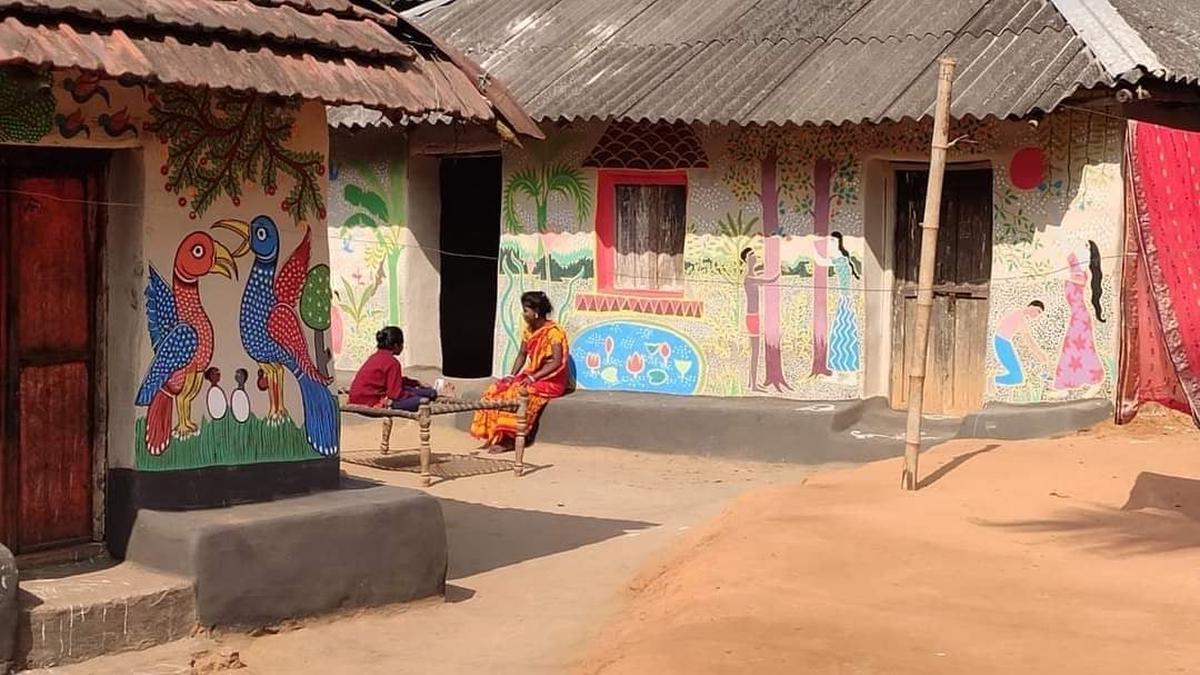
Culture and heritage are Bengal’s travel destinations this winter
The Hindu
Explore the cultural and heritage destinations of West Bengal this winter, from Murshidabad to Bishnupur, for a unique vacation experience.
Culture and heritage seem turning out to be primary destinations in West Bengal this winter, with many inveterate travellers exploring their own backyards to find there are places worth a short vacation.
The crowd usually headed to the hills — Darjeeling and around — and the beaches — the few that are located in the State and Puri in Odisha — is now exploring the very essence of Bengal: its history and its architecture and its forests and its rivers.
“If one is to curate a trail combining Bengali culture and heritage, districts such as Birbhum, Bankura, Malda and Murshidabad adorn the front row during the winter months,” said Maitrayee Paul, a public servant who not only travels within Murshidabad on work because she is posted there but who is also exploring its corners as a traveller.
“Murshidabad is chosen as a winter destination for many compelling reasons. The weather, accessibility and affordability apart, it is steeped in history. The region showcases a mix of Mughal, European, and Bengali architectural influences. Visitors also enjoy exploring the local arts, crafts, and traditions, such as the famous Murshidabad silk. Also, the serene banks of the Bhagirathi River, along with lush gardens and historic ruins, provide a tranquil escape from city life,” said Ms. Paul.
Bankura — of which Bishnupur, famous for its terracotta temples, is also a part — has been seeing a large number of tourists during winter and this year is no different. “People choose this place for the picturesque views of mountains, lake, dense forest. About 21% of Bankura’s geographical land is forest, dominated by tribes. People also come here to buy local products such as terracotta and dokra pieces, wooden handicraft, Baluchuri sarees. Of late it is a popular destination for pre-wedding photoshoots,” said Dibyajyoti Bera, a senior official of West Bengal Forest Service posted there.
Ankit Sarkar, an officer with the West Bengal government who, as a seasoned traveller, knows the State like the back of his hand, chose Birbhum this time. “Staring at the ceiling, thinking of hills and beaches, one ended up deciding on Birbhum. If you are an admirer of handcraft, artistic heritage, rustic landscape of red soil, soulful Baul songs and Bengal’s own terracotta temples, then that’s an ideal escape,” Mr. Sarkar said.
“On one hand, it has been the land of Shakti worship, with the Tarapith temple, since time immemorial, on the other hand, it has some of the most magnificent terracotta temples — in Surul, Supur, Ilambazar, Ganpur — showing enthronement of Ram; Shiva playing the tanpura, Parvati nursing Ganesha. The place holds a magical balance between devotion and cultural aspiration,” he said.

The Karnataka government has drafted a comprehensive master plan for the integrated development of Kukke Subrahmanya temple, the State’s highest revenue-generating temple managed by the Hindu Religious Institutions and Charitable Endowments Department. The redevelopment initiative is estimated to cost around ₹254 crore and aims to enhance infrastructure and facilities for devotees.












